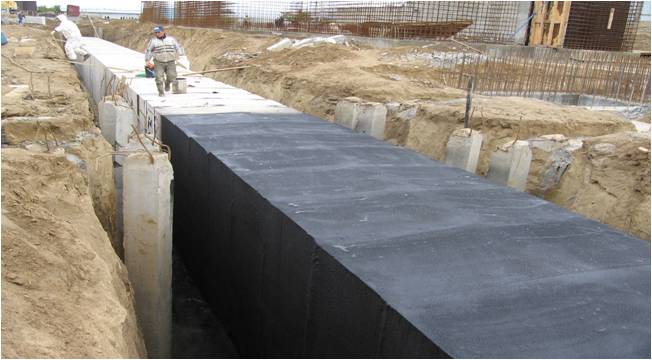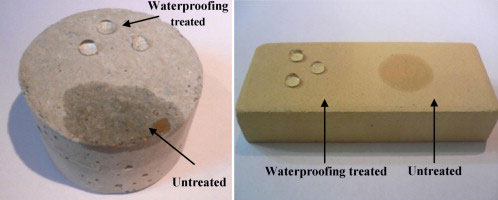WaterProofing Service
Construction Waterproofing
In construction, a building or structure is waterproofed with the use of membranes and coatings to protect contents as well as protecting structural integrity. The waterproofing of the building envelope in construction specifications is listed under ’07 – Thermal and Moisture Protection’ within Master Format 2004, by the Construction Specifications Institute, and includes roofing material as well as waterproofing materials. In building construction, waterproofing is a fundamental aspect of creating a building envelope which is a controlled environment. The roof covering materials, siding, foundations, and all of the various penetrations through these surfaces need to be water-resistant and sometimes waterproof. Roofing materials are generally designed to be water-resistant and shed water from a sloping roof, but in some conditions such as ice damming. On flat roofs the roofing must be waterproof, and any types of waterproof membrane systems are available including felt paper or tar paper with asphalt or tar to make a built-up roof, other bituminous waterproofing, EPDM rubber, hypalon, Polyvinyl chloride, liquid roofing, and more.
In construction, a building or structure is waterproofed with the use of membranes and coatings to protect contents as well as protecting structural integrity. The waterproofing of the building envelope in construction specifications is listed under ’07 – Thermal and Moisture Protection’ within Master Format 2004, by the Construction Specifications Institute, and includes roofing material as well as waterproofing materials. In building construction, waterproofing is a fundamental aspect of creating a building envelope which is a controlled environment
Walls are not subjected to standing water and the water-resistant membranes used as house wraps are designed to be breathable to let moisture escape. Walls also have vapor barriers or air barriers. Damp proofing is another aspect of waterproofing. Masonry walls are built with a damp-proof course to prevent rising damp and the concrete in foundations needs to be damp-proofed or waterproofed with a liquid coating, basement waterproofing membrane even under the concrete slab floor where polyethylene sheeting is commonly used, or additive to the concrete to make it waterproof. A potential problem in earth sheltered houses is too much humidity so waterproofing is critical in houses…
Oil-based waterproofing
Oil-based waterproofing is generally used for roof leakage after construction and use only wall. This is like primer.


